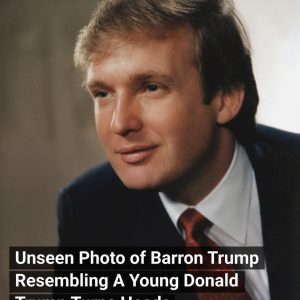
In my early 50s, life with my husband, Jake, began to feel like it was entering a new phase. The whirlwind of raising kids, managing careers, and balancing countless responsibilities had finally slowed. With our children grown and building lives of their own, the house was quieter, and for the first time in decades, we found ourselves with more free time than we knew what to do with.
At first, we filled the void with familiar activities—movie nights, dinners out, and long walks together. But as the months passed, it became clear that we were craving something more, something that would allow us to reconnect in ways we hadn’t explored before. The spark of adventure that had defined our early years together felt distant, and we both wanted to reignite it.
One evening, as we sat by the fireplace with glasses of wine in hand, the conversation turned to the future. Jake, ever the one to speak candidly, admitted, “I feel like there’s a part of us that’s been on pause. I love our life, but what if we could bring something new to it?”
His words mirrored my own unspoken thoughts. Encouraged by his openness, I shared how I’d been feeling—content but also curious about what else our relationship could hold. As we talked, the idea of exploring an open marriage surfaced. It wasn’t a suggestion born out of dissatisfaction, but rather a desire to grow and embrace the next phase of our lives with curiosity and honesty.
We spent hours discussing what it could mean for us, setting boundaries and exploring our comfort zones. It was both thrilling and nerve-wracking to consider, but we agreed that communication and trust would be our foundation.
That night marked the beginning of a journey, not just into the possibility of an open marriage, but into a deeper understanding of ourselves and each other. It wasn’t about replacing what we had—it was about enhancing it, discovering new facets of our connection, and proving that love, at any stage, could be both steady and adventurous.
Beta feature
Beta feature




